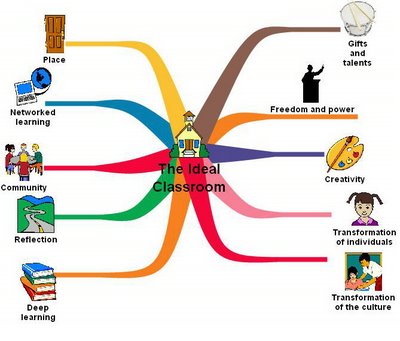Choice theory
From Wikipedia, the free encyclopedia http://en.wikipedia.org/wiki/Choice_Theory
(Redirected from Choice Theory)
Jump to:
navigation,
searchThe term choice theory is the work of Dr.
William Glasser,
MD, author of the book so named, and is the culmination of some 50 years of theory and practice in
psychology and
counseling. Choice theory is also a discipline of analyzing the mathematical nature of the choice behavior of economic agents in microeconomics. For choice theory in economics, see
rational choice theory.
Choice Theory posits that behavior is central to our existence and is driven by five genetically driven needs, similar to those of
Maslow:
Survival (
food, clothing,
shelter, breathing, personal safety and others)
and four fundamental psychological needs:
Belonging/connecting/
lovePowerFreedom, and
Fun
Choice Theory posits the existence of a "Quality World" in which, starting at birth and continuing throughout our lives, we place those things that we highly value: primarily the people who are important to us, things we prize, and systems of belief, i.e.
religion, cultural values and
icons, etc. Glasser also posits a "Comparing Place" in which we compare the world we experience with our Quality World. We behave to achieve as best we can a real world experience consonant with our Quality World.
Behavior ("Total Behavior" in Glasser's terms) is made up of these four components:
acting,
thinking,
feeling and
physiology. Glasser suggests that we have considerable control or choice over the first two of these, and little ability to directly choose the latter two. As these four components are closely intertwined, the choices we make in our thinking and acting greatly affect our feeling and physiology.
The source of much unhappiness are the failing or failed
relationships with those who are important to us:
spouses, parents,
children, friends &
colleagues. The symptoms of unhappiness are widely variable and are often seen as
mental illness. Glasser believes that "pleasure" and "happiness" are related but are far from synonymous.
Sex, for example, is a "pleasure" but may well be divorced from a "satisfactory relationship" which is a precondition for lasting "
happiness" in
life. Hence the intense focus on the improvement of relationships in counselling with Choice Theory-- the "new Reality Therapy".
Choice Theory posits that most mental illness is, in fact, an expression of unhappiness and that we are able to learn how to choose alternate behaviors that will result in greater satisfaction.
Reality Therapy is the counselling process focussed on helping clients to learn to make those choices.
The Ten Axioms of Choice Theory
1. The only person whose behavior we can control is our own.2. All we can give another person is information.3. All long-lasting psychological problems are relationship problems.4. The problem relationship is always part of our present life.5. What happened in the past has everything to do with what we are today, but we can only satisfy our basic needs right now and plan to continue satisfying them in the future.6. We can only satisfy our needs by satisfying the pictures in our Quality World.7. All we do is behave.8. All behavior is Total Behavior and is made up of four components: acting, thinking, feeling and physiology9. All Total Behavior is chosen, but we only have direct control over the acting and thinking components. We can only control our feeling and physiology indirectly through how we choose to act and think.10. All Total Behavior is designated by verbs and named by the part that is the most recognizable.
